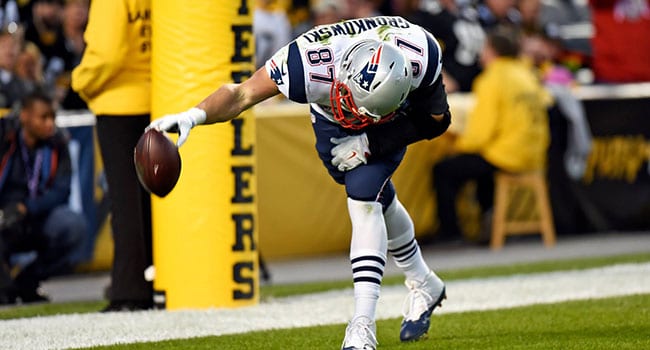 The National Football League has always thought it doesn’t play by the same rules as everyone else, so it shouldn’t be a total shock that – in the midst of a global pandemic – the league announced its new collective bargaining agreement with players that will take it through 2030.
The National Football League has always thought it doesn’t play by the same rules as everyone else, so it shouldn’t be a total shock that – in the midst of a global pandemic – the league announced its new collective bargaining agreement with players that will take it through 2030.
It also announced that it intends to go ahead with its free-agent frenzy starting this week. So $27-million-a-year quarterback deals as the United States struggles to get a swab that works?
Okay, they’re cancelling the NFL draft extravaganza in Las Vegas in deference to the COVID-19 blight. But what? Do you want them to give blood?
What the new collective bargaining agreement means to all of us shut-ins and self-isolators is that the season is now being stretched to 17 games by 2021 at the earliest (with just three pre-season games), larger salary caps per team, 48 players dressed per game and, starting this season, two more playoff teams per conference (with a possibility of third down the road).
To those who’ve seen Canadian Football League go to 18 games, it’s a small price to pay for fewer pre-season games.
The Yes vote by the players on the NFL’s proposal was razor-thin – just a 60-vote plurality in over 2,000 votes with another 500 players abstaining.
But NFL players know that when it comes to pushing work stoppages, the results have always been bad and worse for them. The NFL Players Association (NFLPA) has been taken to the woodshed by the NFL on numerous occasions in strikes/lockouts and court challenges going back to the 1950s.
Twice in the 1980s, NFLPA strikes were foiled when the union split. The 1987 labour action was defeated by the infamous replacements episode where owners suited up scabs in NFL uniforms. The NFL further split the union by capturing the marketing rights of the league’s big stars of the era (Joe Montana, Steve Young, Barry Sanders), denying the union a large funding base for their activities.
Having been frustrated on the picket line, the NFLPA took its grievances to the courts in 1992, claiming that the league’s actions represented a breach of U.S. anti-trust law. After an initial favourable decision, the union lost on appeal when judges ruled that a group governed by a collective bargaining agreement couldn’t seek redress under the Sherman Antitrust Act.
So the NFLPA decertified as a union and launched a class-action suit in the name of seven stars, including superstar Reggie White. The complaint sought “antitrust injunctive relief and damages stemming from various League rules, including the mandatory right of first refusal system, the standard NFL contract, and the college draft.” Most worrying for the NFL, players would be awarded treble damages if they won.
The judge hearing the case, David Doty, told the parties that unless they wanted him to impose a settlement they might not like, they had better head back to the bargaining table. That led to a 1993 deal that finally gave NFL players what we take for granted today: the unrestricted free agency that begins this week.
Players didn’t get guaranteed contracts, so players can be cut at any time. Owners determine the league’s revenues, which meant they could slow the growth in team payrolls. Pension and post-career health benefits were also going to be depressed under this system.
The experience left both sides bruised but happy to keep working.
That was the case until 2011, when owners, emboldened by the union’s lack of solidarity, locked out players until the eve of training camp. Owners won restrictions on rookie salaries and revenue sharing. The deal was to last until 2021.
Now, with a new deal announced on Sunday, the NFL is clearing the decks for its next set of TV/digital rights negotiations, in which it’s expected to earn about US$100 billion.
With new buyers entering the broadcast rights market – Google, Apple and Amazon among them – we may see NFL payments soar above those of previous deals, which set the standard for sports leagues.
And with the addition of playoff teams, they’ll have more late-season, high-ratings dates to sell, another cause for a haul.
Don’t be surprised if one or more of the major pieces of the next broadcast consortium represent non-traditional broadcasters.
So for those who’ve gone through their Netflix must-watch list in the first week of a quarantine, at least you’ll have a small sliver of sports to consume on TV as owners and players divide the $169 million per team in next year’s salary cap.
Small mercies.
Troy Media columnist Bruce Dowbiggin career includes successful stints in television, radio and print. A two-time winner of the Gemini Award as Canada’s top television sports broadcaster, he is also the publisher of Not The Public Broadcaster.
The views, opinions and positions expressed by columnists and contributors are the author’s alone. They do not inherently or expressly reflect the views, opinions and/or positions of our publication.


